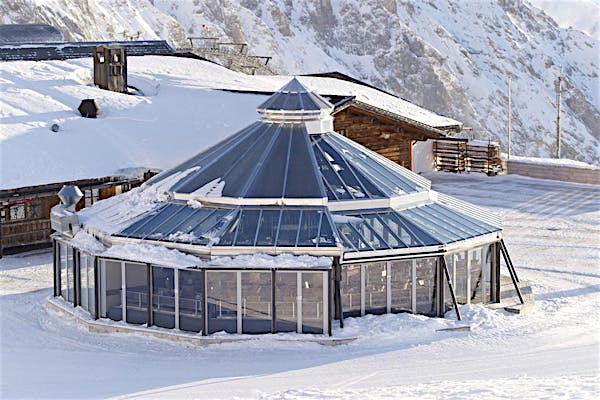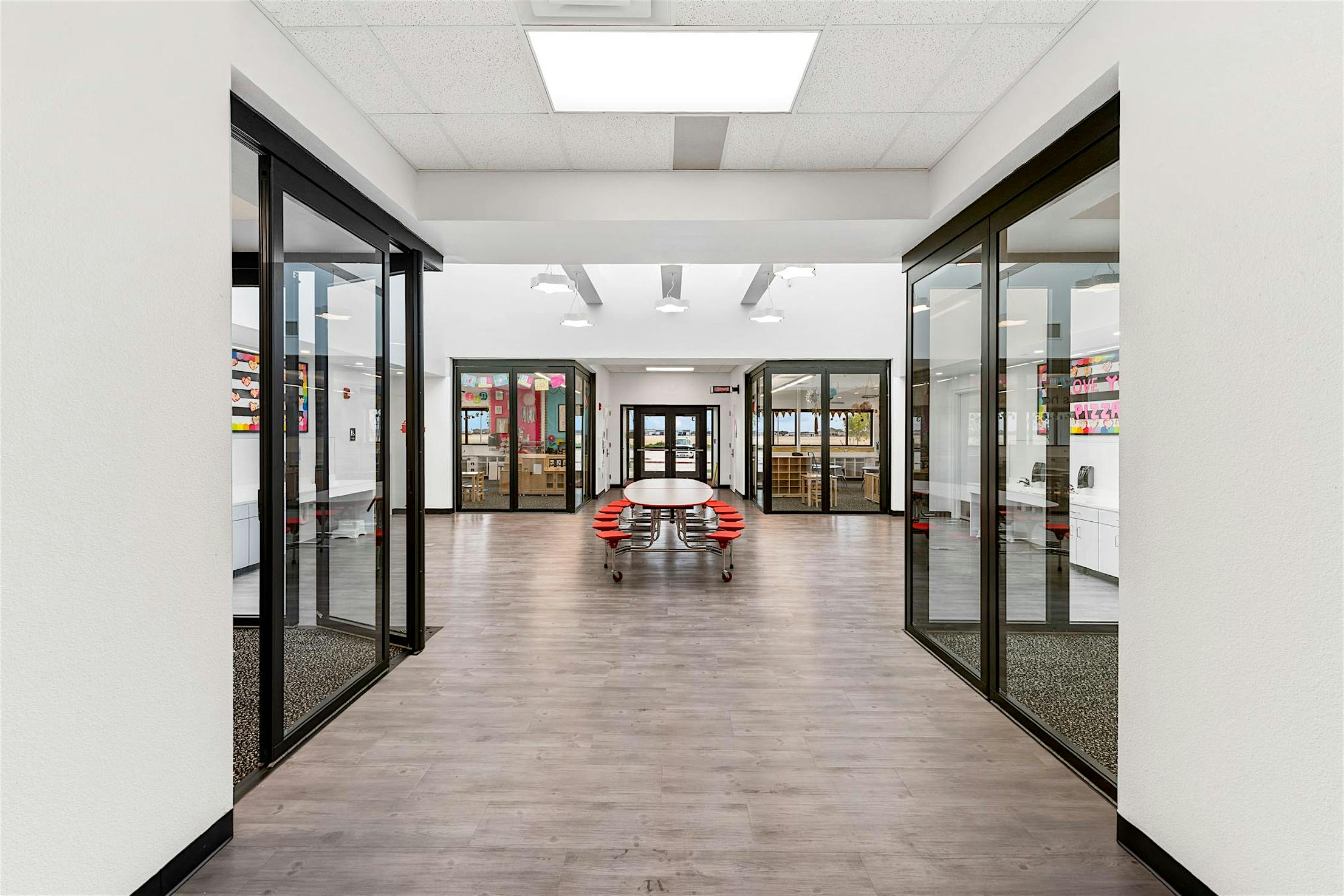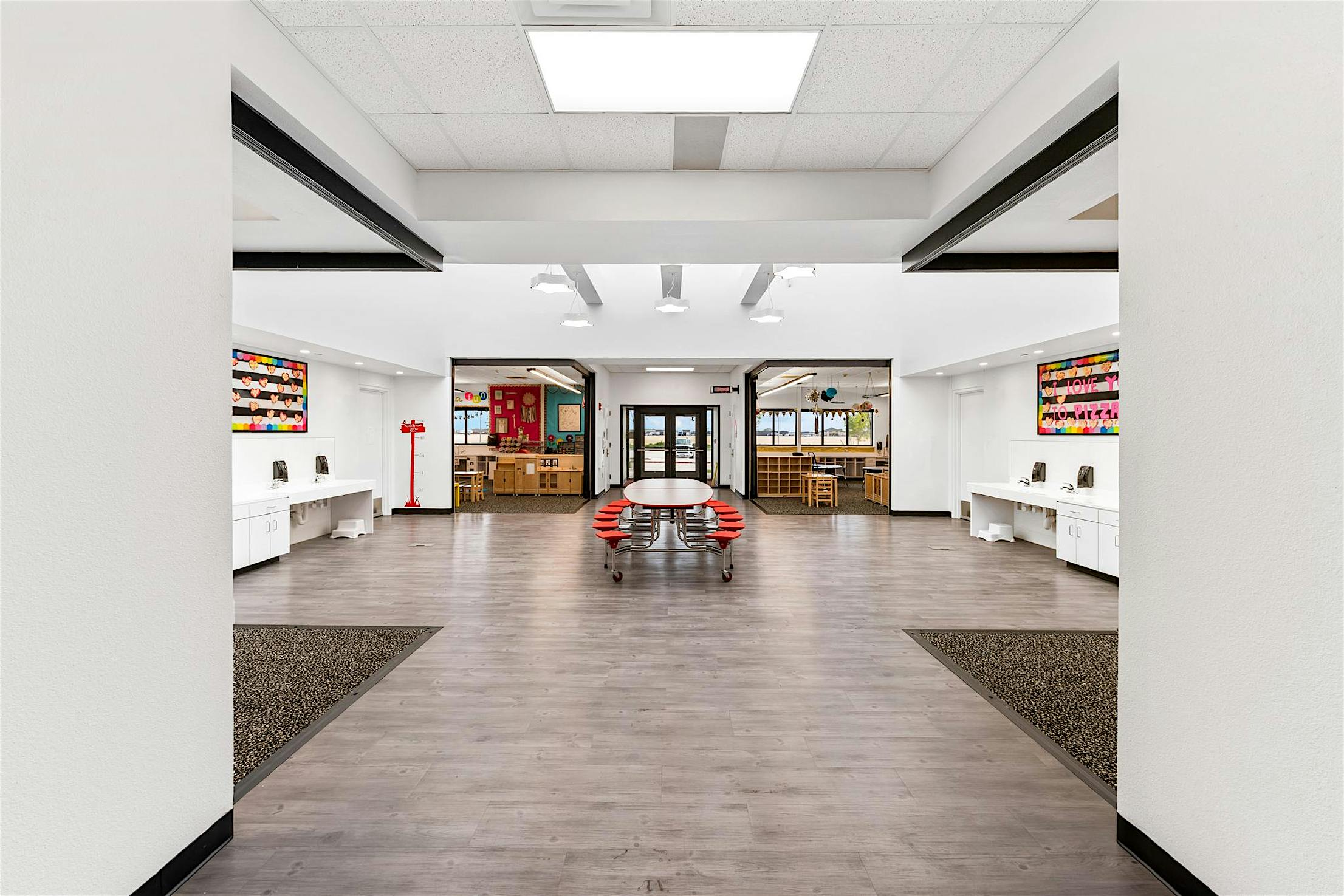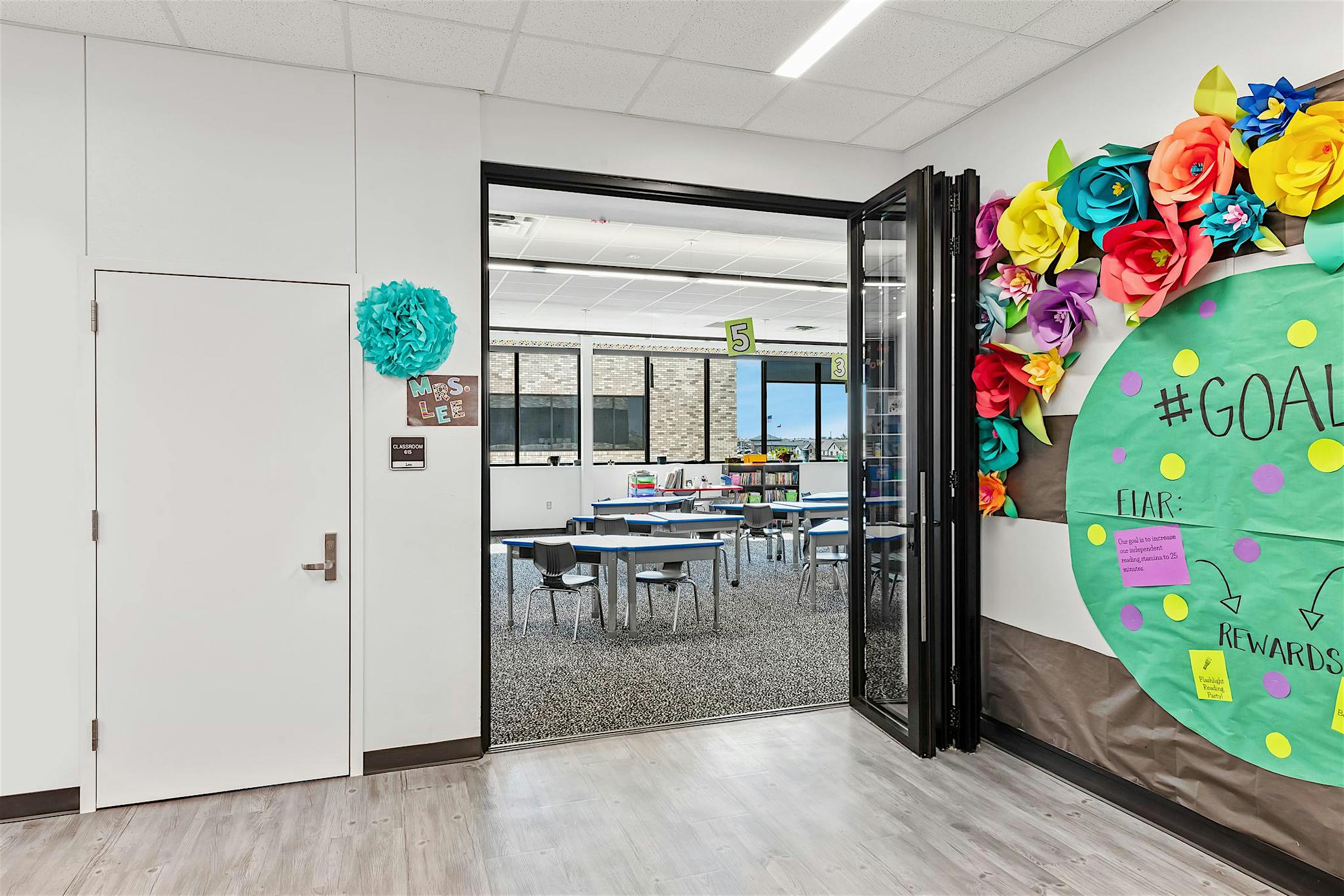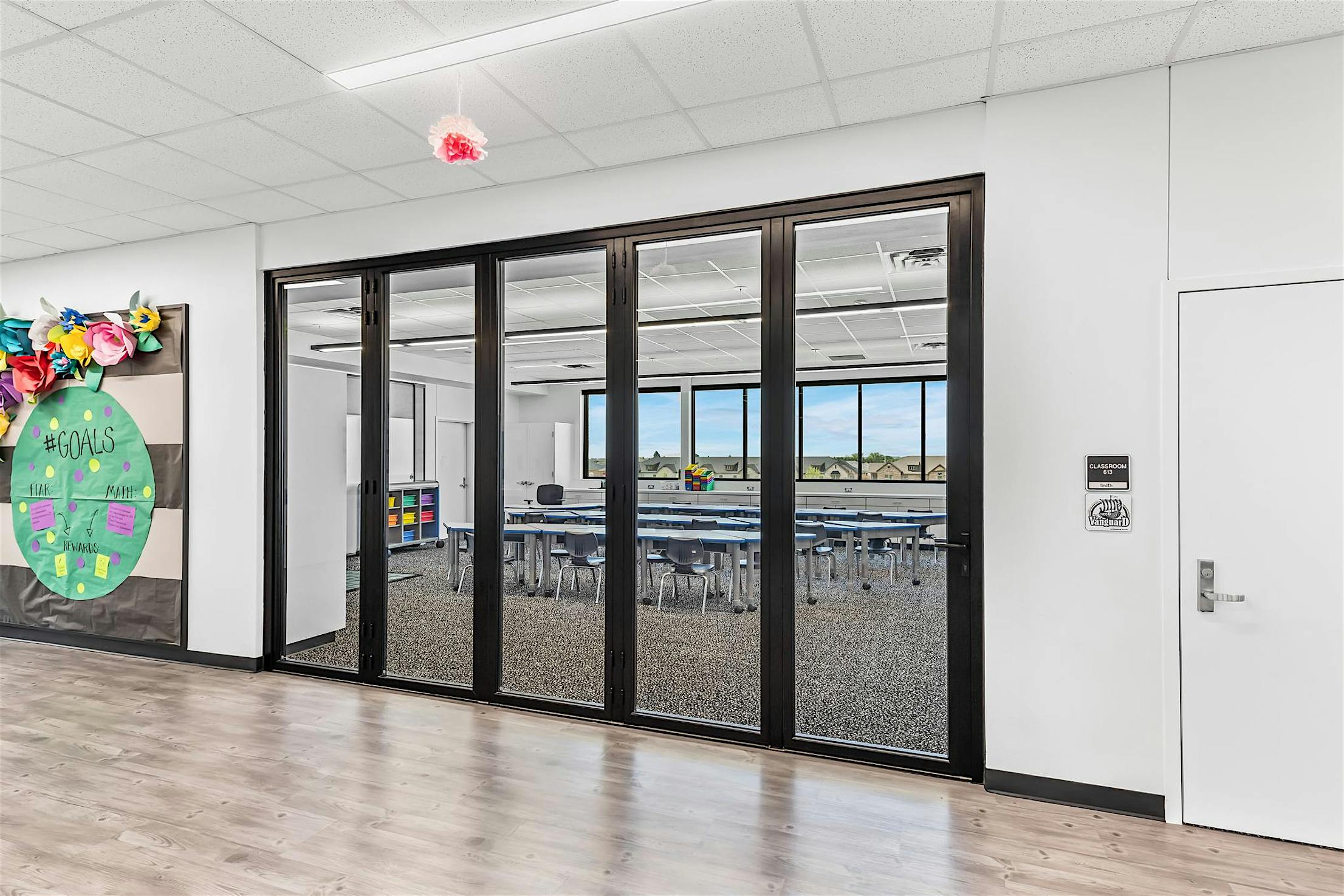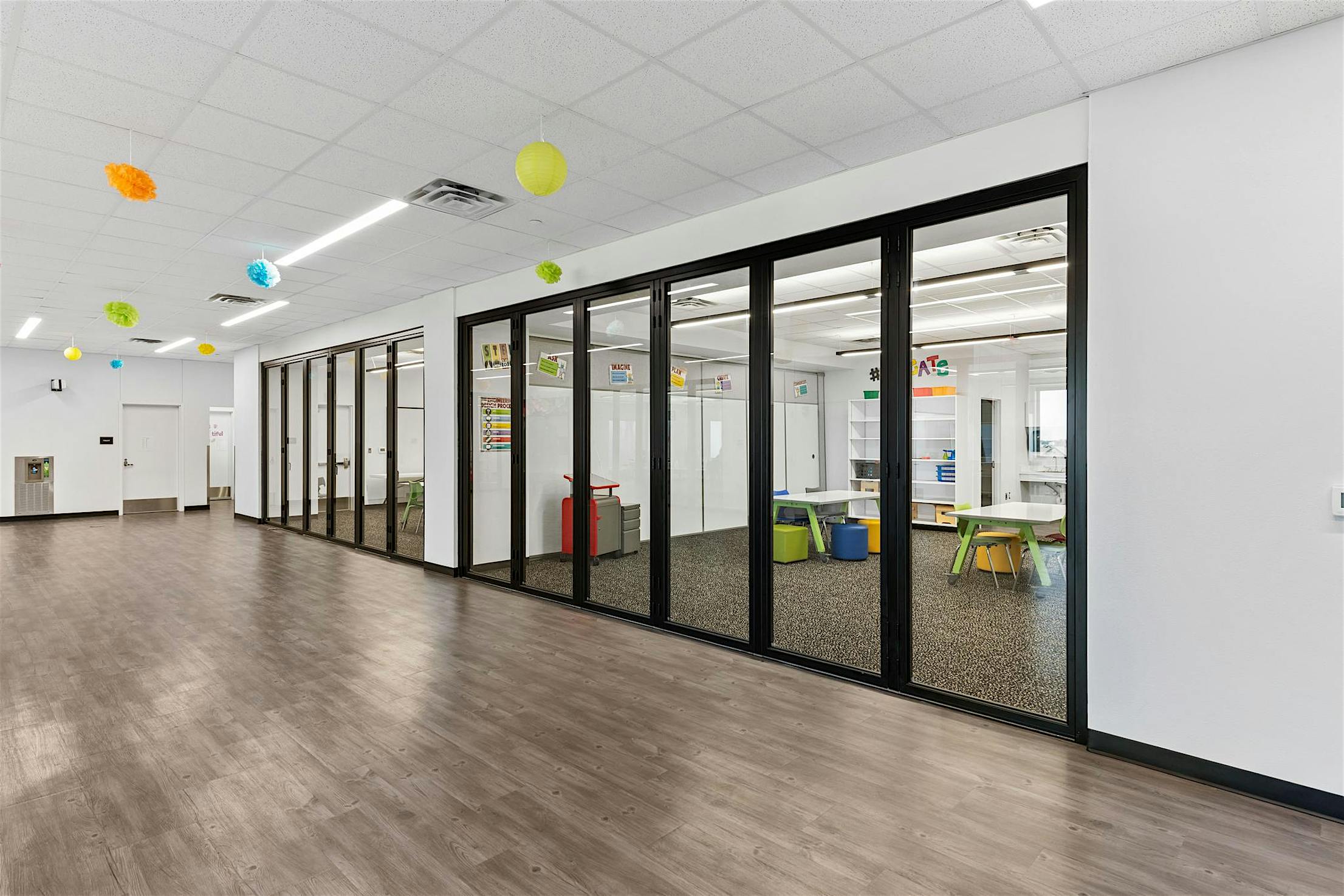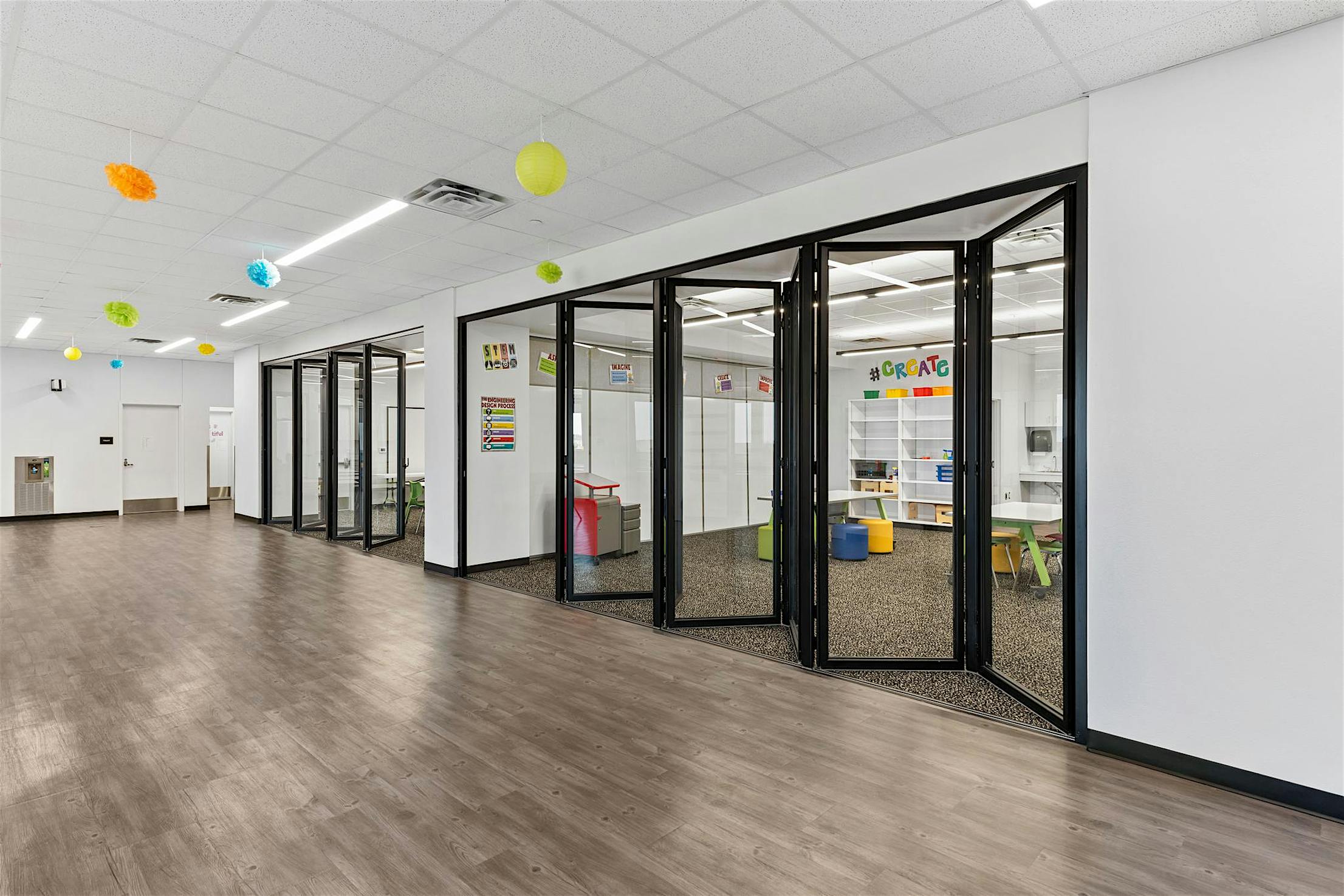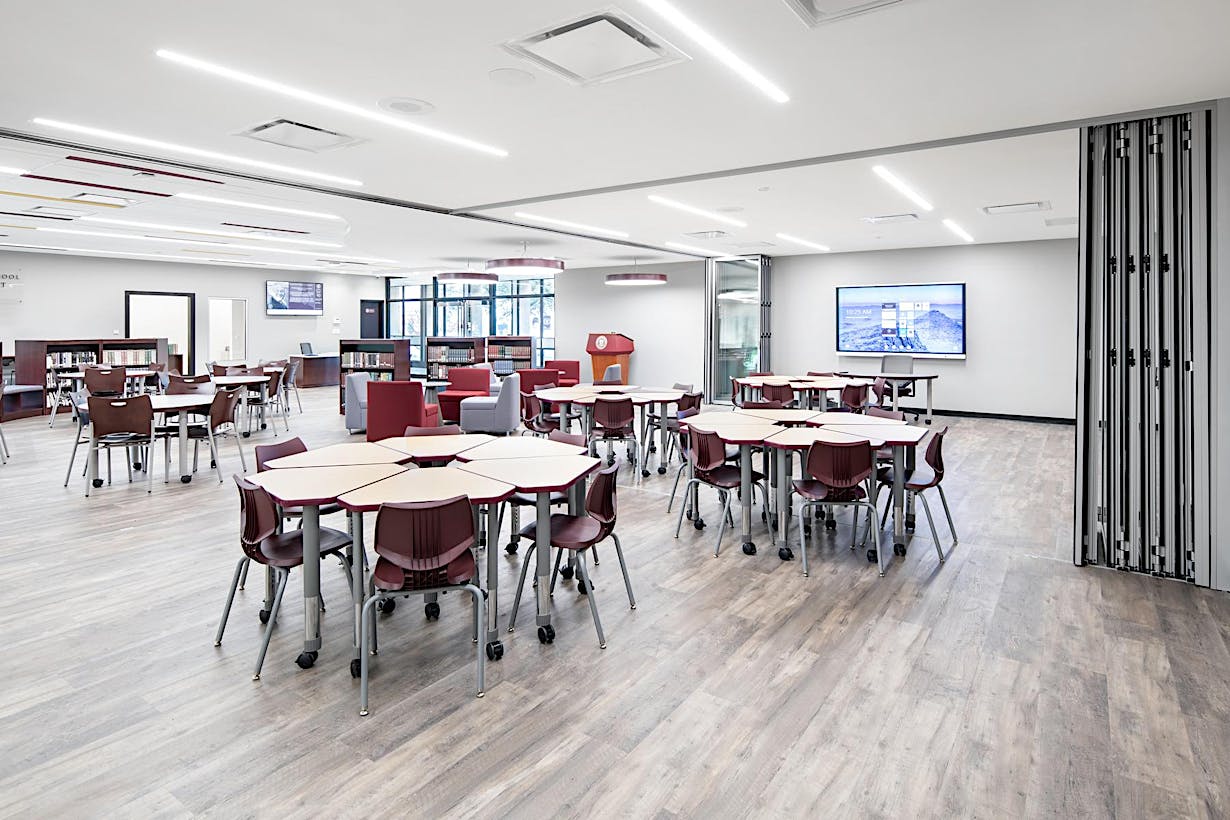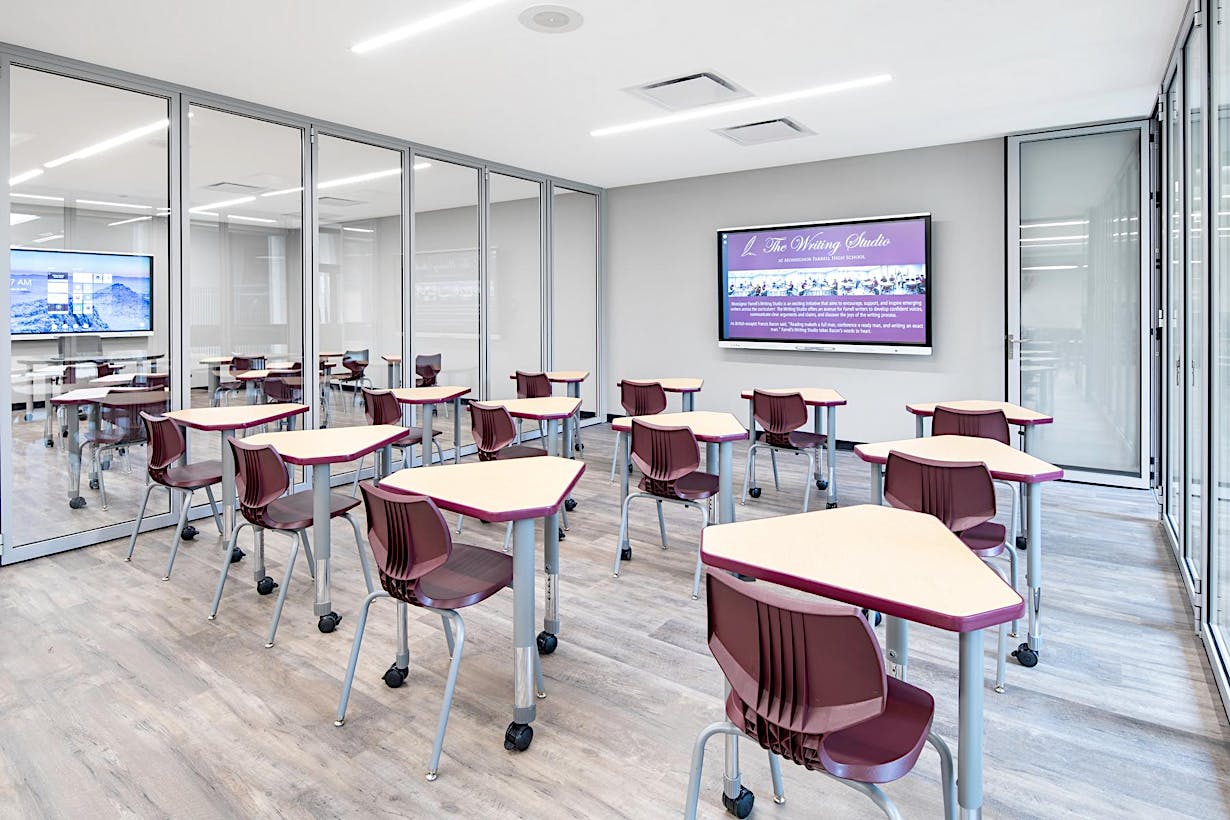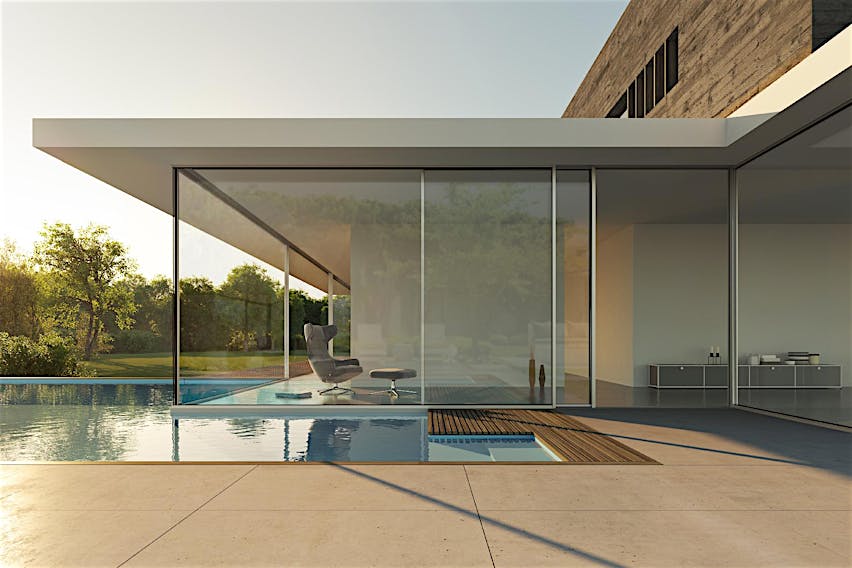Lubbock-Cooper East Elementary
Through their educational journey, students undergo significant changes as their cognitive abilities magnify at each grade level. Learning spaces change and develop, much as the brain does. This idea accommodates the academic development of children and improves the understandings of cognition. As young learners move through elementary grades the classrooms become more structured, from shared rolling tables to individual desks. To implement progressive 21st Century learning, forward-thinking schools are working alongside architects to develop innovative design methods that enable collaboration and flexibility of space. Such efforts have found a solution in “learning hubs,” a grouping of classrooms around a centralized area, where kids work together, and teachers join in an exchange of resources. Lubbock-Cooper Independent School District (LCISD) in Texas implements these findings throughout their K-12 campuses with one common goal: the success of all students.



